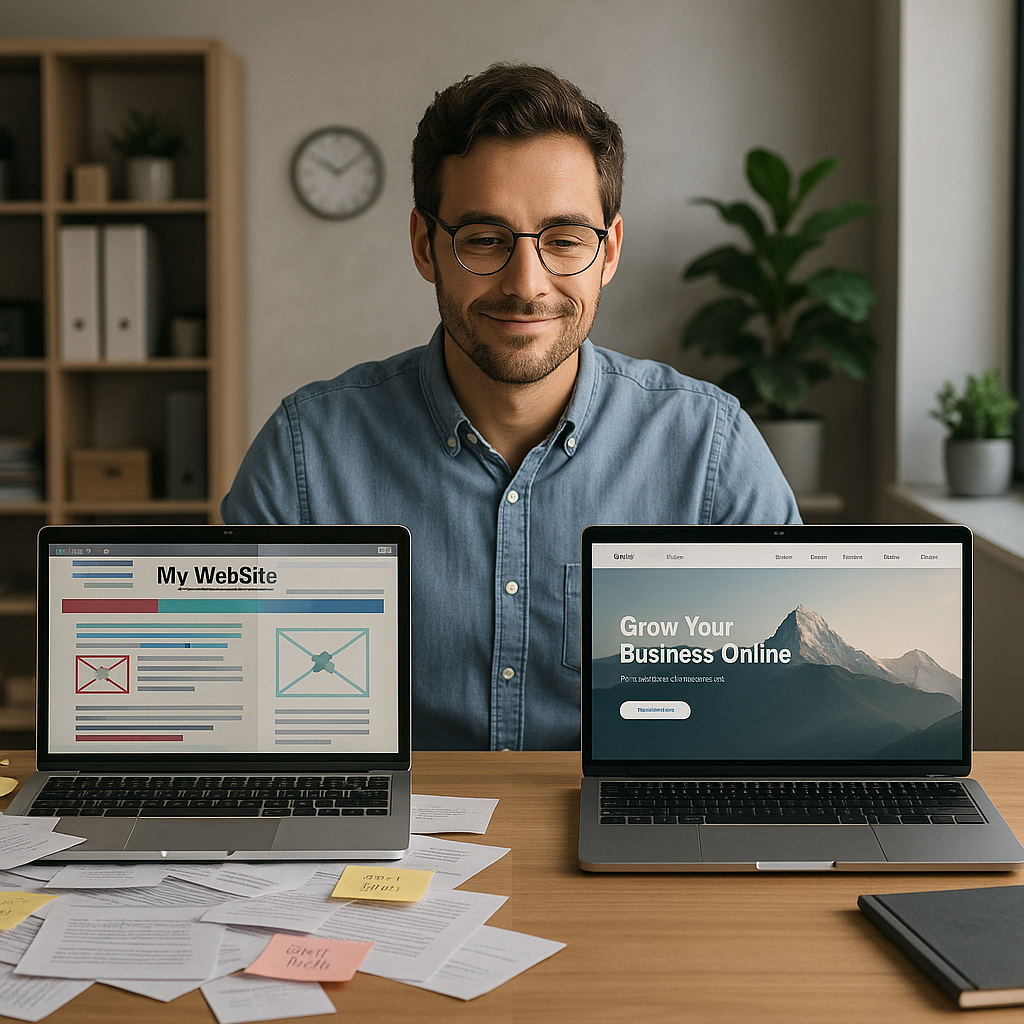Revolutionizing Retail: Innovations for Memorable Shopping
The Future of Retail Branding: Crafting Exceptional In-Store Experiences for Small Businesses
In an era where retail is rapidly evolving, small businesses are at the forefront of a revolution, crafting in-store experiences that are not just about shopping but about creating lasting memories. As we navigate through the myriad innovations reshaping the retail landscape, it's clear that the future of retail branding lies in offering personalized, engaging, and sustainable shopping experiences.
Embracing Technology: The New Retail Reality
Incorporating technology in retail spaces has transformed them into dynamic, interactive environments. Imagine entering a store and being greeted by digital displays that showcase products and tell their stories. Interactive kiosks and augmented reality are not just futuristic concepts but are becoming commonplace, offering a blend of convenience and novelty. This tech-forward approach caters to the modern consumer's desire for a shopping experience that's both efficient and engaging.
Personalization: The Heart of Modern Retail
The power of personalization in retail cannot be overstated. Data-driven insights and artificial intelligence enable small businesses to offer personalized shopping experiences that resonate deeply with customers. It's like having a personal stylist who knows your preferences and suggests products that align perfectly with your tastes. This level of customization not only enhances the shopping experience but also fosters a deeper connection between the brand and the consumer.
Storytelling: Bringing Products to Life
Storytelling in retail goes beyond mere product promotion; it's about forging an emotional connection with customers. Each product has a unique journey; savvy retailers use this to their advantage. By sharing the origins and craftsmanship behind their products, small businesses are not just selling an item; they're inviting customers into a narrative, creating a rich, immersive shopping experience that resonates on a personal level.
Sustainability: The Conscious Choice
Sustainability is no longer a buzzword but a business imperative. Consumers are increasingly mindful of their environmental impact and gravitate towards brands that share their values. Small businesses that prioritize eco-friendly practices and products are contributing to a healthier planet and tapping into a growing market of environmentally conscious consumers. This shift towards sustainability is not just good for the earth; it's good for business.
Community: More Than a Store
The concept of retail spaces as community hubs is taking hold. Far from being mere points of transaction, these spaces are becoming centers for community engagement. By hosting events, workshops, and gatherings, small businesses are turning their stores into places where people don't just shop but come together, fostering a sense of community and belonging. This approach transforms the traditional shopping experience into something more meaningful and interconnected.
Omnichannel Strategies: Seamless Shopping Experiences
Omnichannel retailing is redefining how we shop. By integrating online and offline experiences, small businesses offer unmatched convenience and flexibility. Customers can browse products online and pick them up in-store, or vice versa, creating a seamless shopping journey that caters to the modern consumer's desire for flexibility and ease.
The New Era of Retail Branding
The future of retail branding for small businesses is bright, marked by a shift towards experiences that are personal, sustainable, and deeply engaging. It's not just about selling products; it's about creating spaces where customers feel valued, understood, and connected. As we continue to witness these exciting developments in retail, one thing is clear: the small businesses that embrace these innovations are not just surviving; they're thriving, shaping a future where retail is not just a transaction but a truly memorable experience.
In conclusion, technological innovation, personalization, storytelling, sustainability, community engagement, and omnichannel strategies profoundly transform the retail landscape. For small businesses, these are not just trends to observe but opportunities to seize, paving the way for a future where retail is an enriching, engaging, and holistic experience. By embracing these changes, small businesses are not just keeping pace with the evolving retail landscape; they're setting the stage for a future where shopping is a journey, not just a destination.





